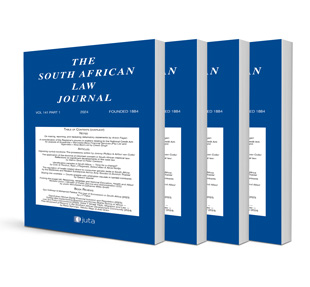Bricks in the wall or the spice of ‘good life’? Independent schools in South African law

Bricks in the wall or the spice of ‘good life’? Independent schools in South African law
Author D M Pretorius
ISSN: 1996-2177
Affiliations: Attorney and Partner, Bowmans
Source: South African Law Journal, Volume 136 Issue 4, p. 605-649
Abstract
South African education laws have historically distinguished between public schools (also known as ‘state schools’ or ‘government schools’) and private schools. The Constitution of the Republic of South Africa, 1996, maintains this distinction by providing for a right to establish and maintain ‘independent’ schools, provided they (a) do not discriminate on the basis of race, (b) are registered with the state, and (c) maintain standards not inferior to those of comparable public schools. Case law since the mid-1990s has begun to establish a body of jurisprudence on the position of independent schools in the South African education and legal systems. Although still in its infancy, this body of case law indicates that the law applicable to independent schools is different in material respects from that applicable to public schools. Independent schools are subject to a lower degree of state regulation than public schools are, and have a degree of freedom to implement educational philosophies designed to promote particular linguistic, cultural and religious objectives. However, the exact nature of the relationship between the state and independent schools, and the extent to which the state has power to regulate independent schools, remains to be settled.